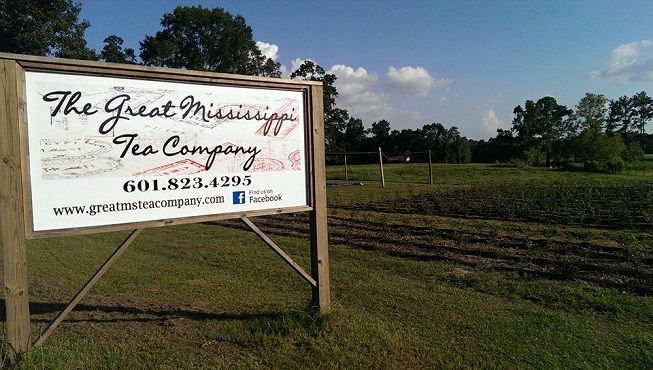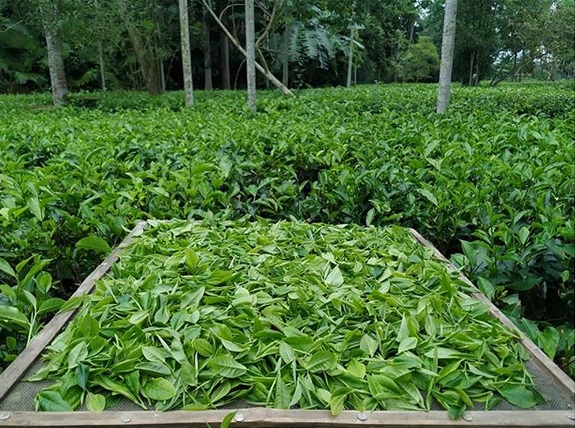Vietnam has an unfortunate reputation in tea circles.

Not entirely undeserved. Like countries such as Thailand, one of the ways they’ve tried to establish a tea growing/producing identity is by emulating the practices of others. Their greatest influences—naturally—are their neighbors. In this case, China and Taiwan.
From China, they aped the style of Yunnan shou puerh. They must’ve figured, “Well, we’ve provided old tree leaf material to them for decades, might as well do it ourselves.”
The Taiwanese influence, though, that’s a bit more puzzling. I’m not sure when they started importing Taiwanese cultivars, or when artisans took up their oolong trade, but such offerings grew in visibility around the time when tea blogging took off as a medium. Circa 2009-ish. Unlike with—say—Thailand or Myanmar, though, Vietnam’s Taiwanese adjacent/inspired oolongs were just as good as the real deal. In one memorable case, a Vietnamese oolong even won a competition . . . until the status was revoked when it was revealed not Taiwanese in origin.
I’ve been covering Vietnamese teas for nearly a decade. I’ve tried many different teas that echoed many different styles; some great, some good, some . . . Snow Shan green tea. It seems the tea producers of Vietnam have reached a plateau of sorts. Time for them to stop imitating and start innovating.
And I think I tried two such examples.
Read More




